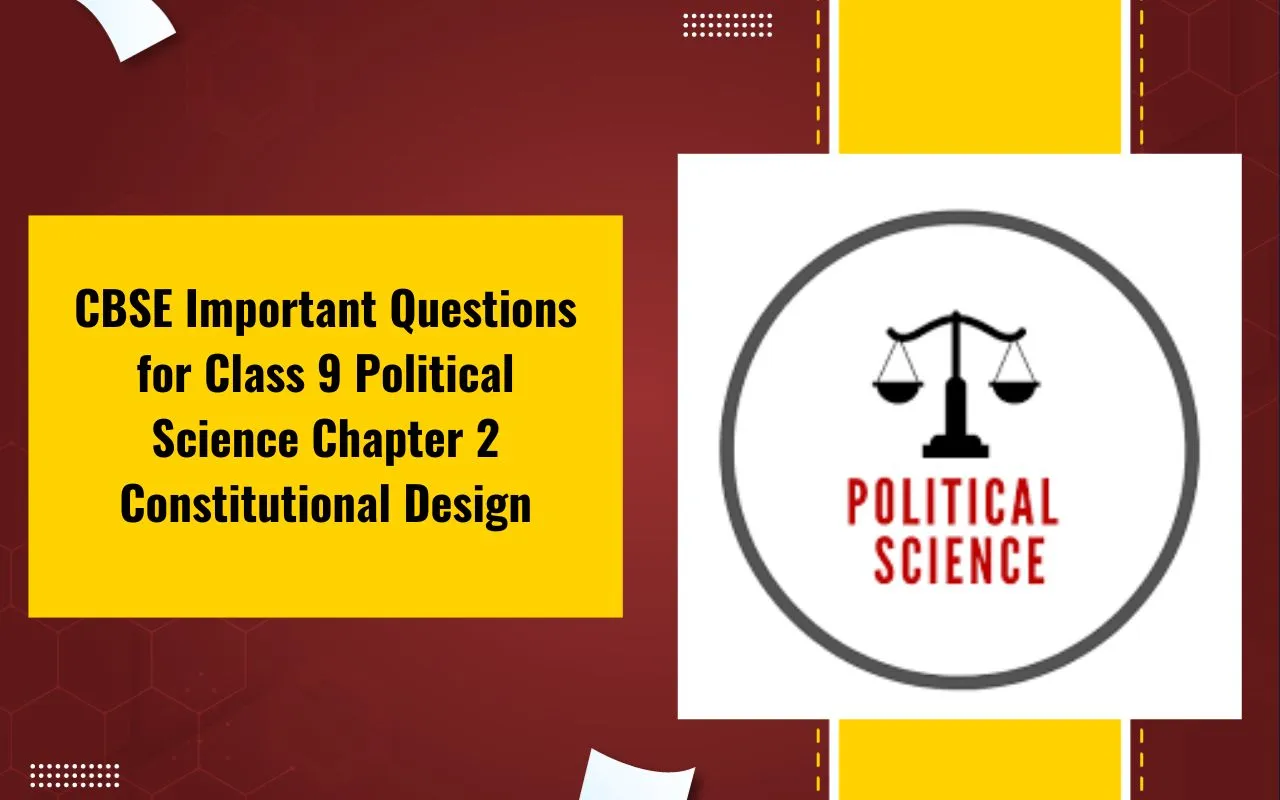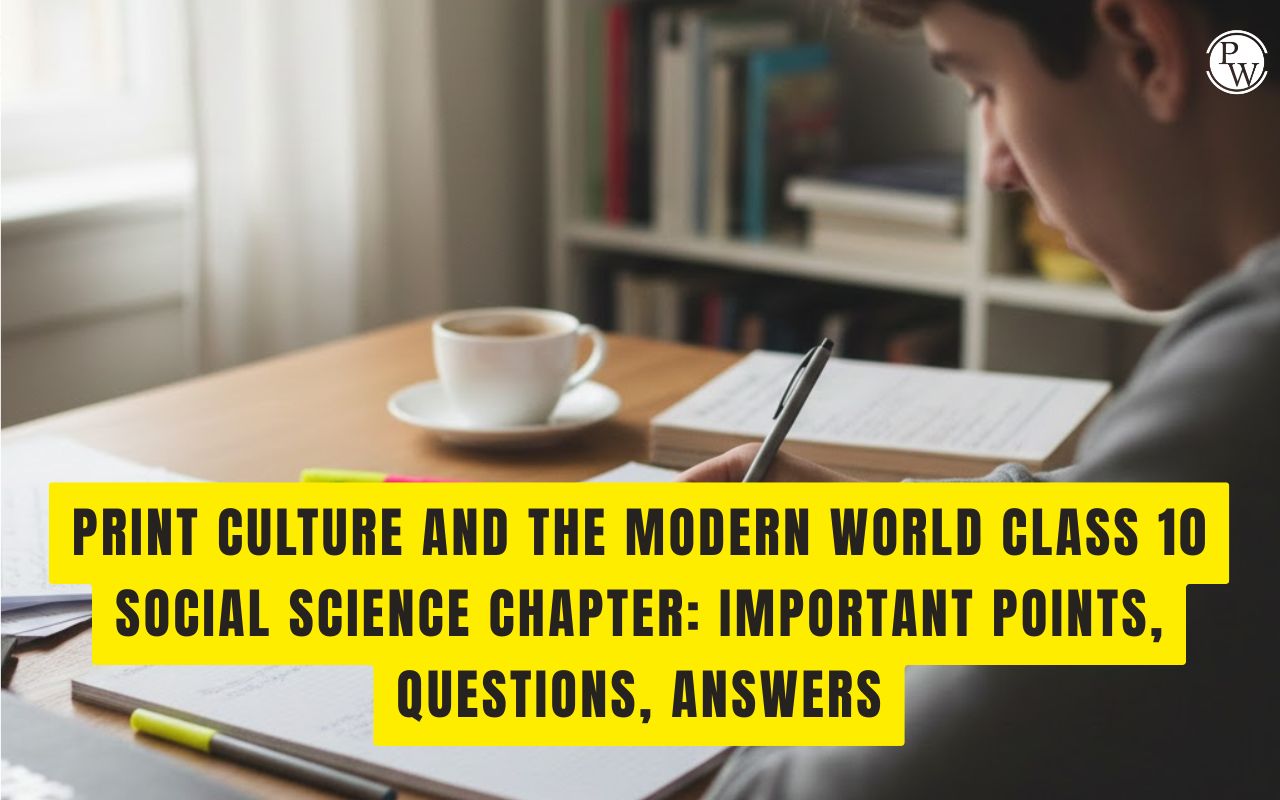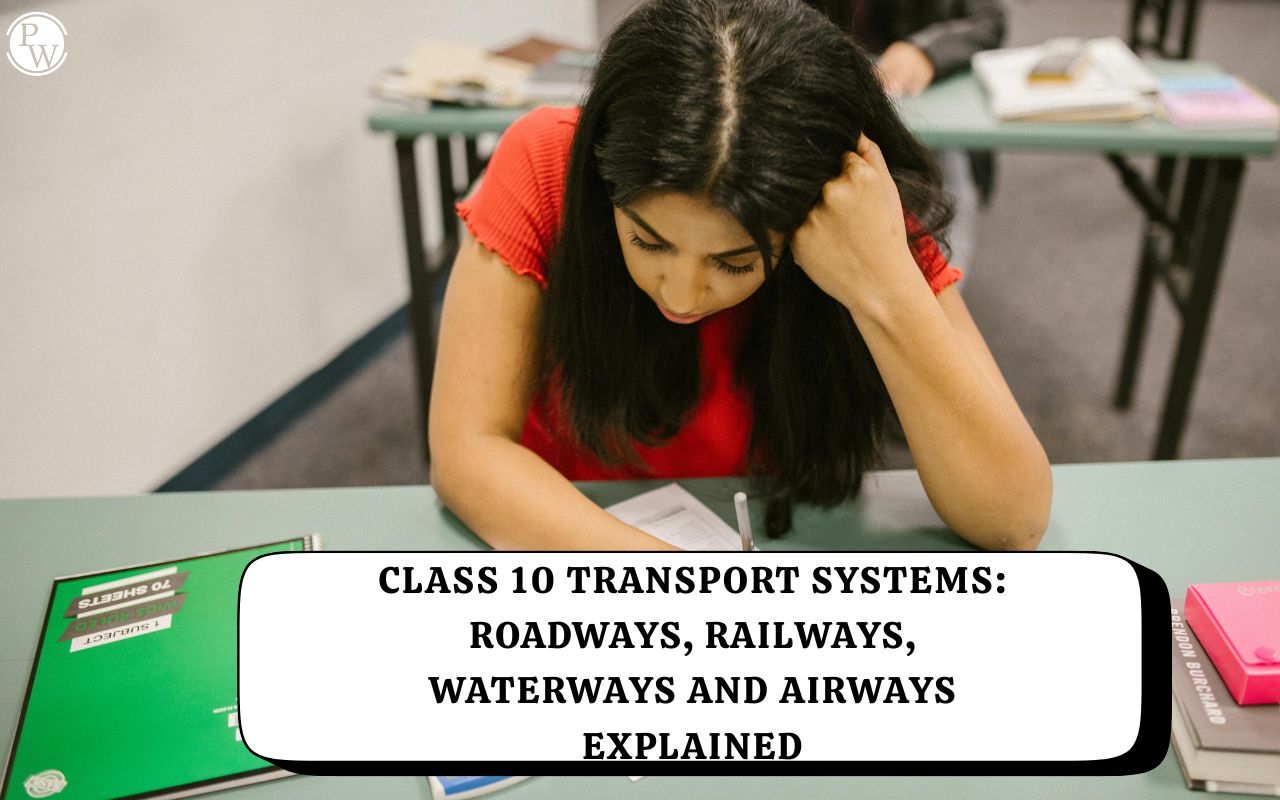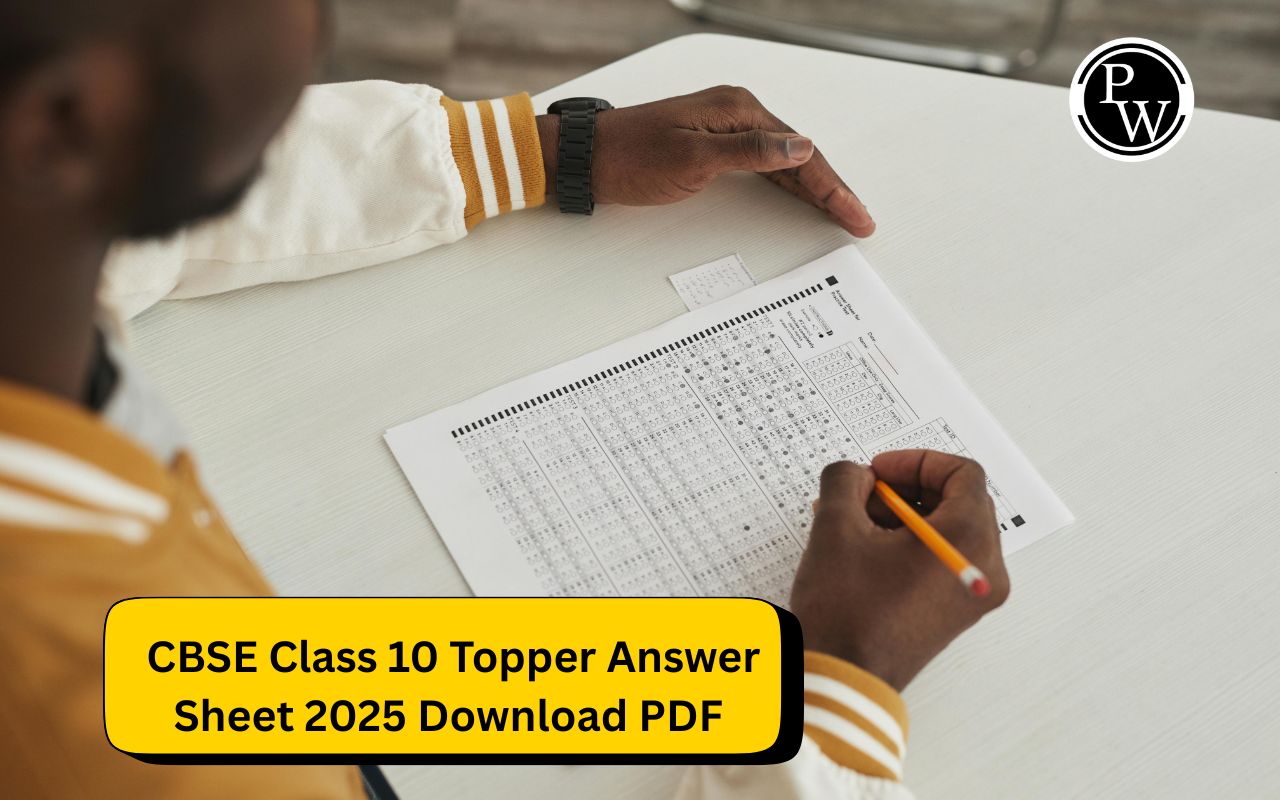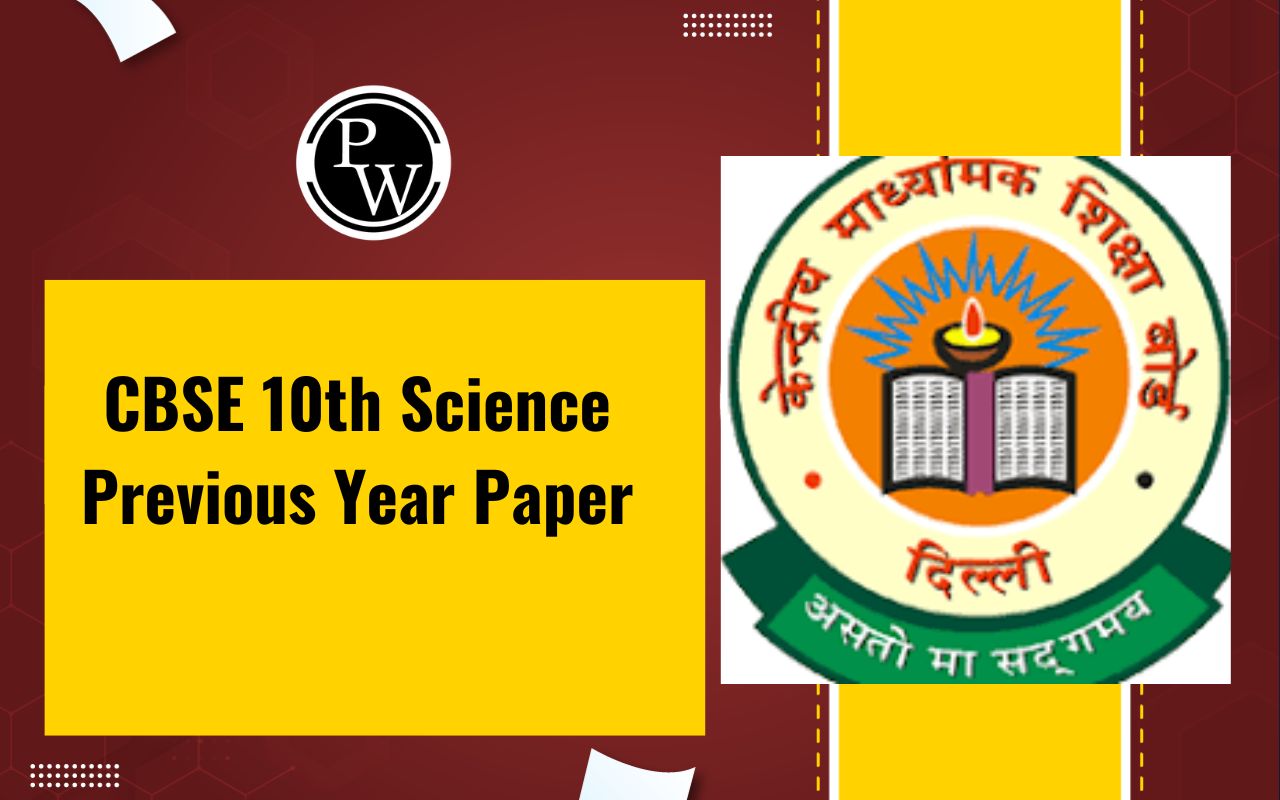

Motion , the essence of change and dynamism, is a fundamental concept that shapes our understanding of the physical world. From the graceful flight of a bird to the intricate orbits of planets, motion is at the heart of the universe's grand symphony. This introduction delves into the captivating realm of motion, from its basic principles to the mathematical formulas that describe its various facets.
Defining Motion
At its core, motion refers to the change in an object's position over time. It encompasses a spectrum of phenomena, ranging from the subtle sway of leaves in a breeze to the awe-inspiring trajectories of rockets soaring into space. Motion is not merely about movement; it's a language through which the universe communicates its intricate dance.
The Foundation of Motion
Understanding motion starts with key concepts that lay the foundation for further exploration.
- Displacement: The shift from one location to another forms the basis of displacement. Imagine a traveler embarking on a journey – their displacement would be the difference between their starting point and their final destination.
- Velocity and Speed: Velocity and speed capture the swiftness of motion. While velocity accounts for both speed and direction, speed solely measures the rate of distance covered without concern for direction.
- Acceleration: Acceleration unveils the rate at which velocity changes. This alteration in velocity can be either an increase or a decrease, revealing the dynamic nature of motion.
Also Read - Gravitational Acceleration Formula
Motion's Mathematical Language
The elegance of motion lies in its quantifiable nature, allowing us to express its intricacies through mathematical formulas.
- Equations of Motion: These equations, derived from the basic principles, offer a mathematical roadmap for understanding how objects move under the influence of constant acceleration. They connect variables like initial velocity, final velocity, time, acceleration, and displacement.
- Projectile Motion: When an object is propelled into the air, it follows a fascinating trajectory called projectile motion. This concept explores how vertical and horizontal motions intertwine to create captivating curves.
- Circular Motion: Objects navigating circular paths introduce new dynamics. Centripetal acceleration is the force that keeps an object moving along a circular trajectory, and it hinges on the object's velocity and the radius of the circle.
Newton's Insights
Motion theory found a monumental ally in Sir Isaac Newton and his three laws of motion.
- First Law (Law of Inertia): Objects remain in their state of motion unless acted upon by an external force. Inertia, the resistance to change in motion, is a cornerstone concept.
- Second Law (F = ma): Newton's second law relates force, mass, and acceleration, revealing how forces shape the way objects move.
- Third Law (Action-Reaction): Every action has an equal and opposite reaction. This law speaks to the interconnectedness of forces in the universe.
Also Read - Light Formula
Motion Theory- Understanding Motion and Formulas
- Displacement:
Displacement refers to the change in an object's position from its initial point to its final point. It is a vector quantity, which means it has both magnitude and direction.
Formula: Δx = x f - x i
Where Δx is displacement, x_f is the final position, and x_i is the initial position.
- Velocity:
Velocity represents how fast an object's position changes over time. It is also a vector quantity, having both magnitude and direction.
Formula: v = Δx / Δt
Where v is velocity, Δx is displacement, and Δt is the change in time.
- Speed:
Speed is the measure of how quickly an object covers a certain distance. Unlike velocity, speed is scalar, meaning it only has magnitude.
Formula: s = d / t
Where s is speed, d is distance, and t is time.
- Acceleration:
Acceleration quantifies the rate of change of velocity with respect to time. It is also a vector quantity.
Formula: a = Δv / Δt
Where a is acceleration, Δv is change in velocity, and Δt is change in time.
- Equations of Motion for Constant Acceleration:
- First Equation (Velocity): v = u + at
- Second Equation (Displacement): s = ut + 0.5at 2
- Third Equation (Velocity-Squared): v 2 = u 2 + 2as
Where v is final velocity, u is initial velocity, a is acceleration, t is time, and s is displacement.
- Projectile Motion:
The projectile motion describes the path taken by an object launched into the air under the influence of gravity.
- Horizontal Motion: The horizontal velocity (v x ) remains constant as there is no horizontal acceleration (a x = 0).
- Vertical Motion: The vertical acceleration is due to gravity (a y = -g, where g is the acceleration due to gravity).
- Circular Motion:
In circular motion, an object moves along a circular path, experiencing a centripetal acceleration directed towards the center.
- Centripetal Acceleration (a c ): a c = v 2 / r
Where v is velocity and r is the radius of the circle.
- Newton's Laws of Motion:
- First Law (Law of Inertia): An object at rest remains at rest, and an object in motion maintains its velocity unless acted upon by an external force.
- Second Law (F = ma): The net force acting on an object is equal to the product of its mass and acceleration.
- Third Law (Action-Reaction): Every action has an equal and opposite reaction.
Understanding motion theory and these fundamental formulas is essential for analyzing and describing how objects move in various situations. Whether it's simple linear motion or more complex scenarios like circular or projectile motion, these concepts provide a solid foundation for understanding the physical world around us.
Also Read - Sound Formula
Application of Motion Around Us
Motion theory and its associated principles significantly impact our daily lives, influencing various aspects of how we navigate, interact, and understand the world around us. Here are some common applications of motion in everyday life:
- Transportation:
Motion theory is the foundation of transportation systems. Whether you're driving a car, riding a bicycle, or using public transportation, the principles of motion guide the design and operation of vehicles, roadways, and traffic flow. Engineers use motion equations to optimize vehicle performance, fuel efficiency, and safety.
- Sports and Recreation:
In sports, understanding motion is essential for athletes and coaches. Concepts like velocity, acceleration, and projectile motion help athletes improve their techniques, optimize movements, and strategize in various sports such as soccer, basketball, and baseball.
- Health and Fitness:
Motion theory plays a role in exercise science and physical therapy. By analyzing how the body moves, professionals can design effective workout routines and rehabilitation programs to improve strength, flexibility, and overall health.
- Smartphones and GPS:
The motion sensors in smartphones, such as accelerometers and gyroscopes, detect changes in orientation and acceleration. These sensors enable features like auto-rotation of the screen, pedometers, and GPS navigation systems that use motion data to provide accurate directions.
- Home Appliances:
Washing machines, dishwashers, and dryers use motion principles to determine optimal rotation speeds and agitation patterns, ensuring efficient cleaning and minimal wear and tear on clothes and dishes.
- Entertainment:
Video games and virtual reality experiences rely on motion tracking technology to create immersive environments. Motion capture systems record real-life movements to animate characters and objects realistically in movies and video games.
- Architecture and Construction:
Architects and engineers use motion principles to design structures that withstand various forces, such as wind and earthquakes. Bridges, skyscrapers, and other buildings are designed with considerations for motion-related stresses.
- Astronomy and Space Exploration:
Understanding motion is crucial for predicting the orbits of planets, moons, and satellites. Spacecraft trajectory calculations and orbital mechanics depend on motion principles to navigate accurately through space.
- Energy Efficiency:
Motion theory contributes to energy conservation efforts. Efficient design of elevators, escalators, and conveyor belts involves optimizing motion patterns to reduce energy consumption.
- Medical Imaging:
Medical imaging techniques like X-rays, MRIs, and CT scans rely on motion principles to capture detailed images of the body's internal structures and detect abnormalities.
- Music and Sound:
Musical instruments and audio equipment use motion to create sound waves. Vibrations, oscillations, and the mechanics of stringed instruments are all influenced by motion principles.
- Timekeeping:
Clocks and watches utilize precise motion mechanisms, such as pendulums and quartz crystals, to measure time accurately.
These are just a few examples of how motion theory and its applications are woven into our daily lives. From the way we move to the technology we use, motion concepts are integral to enhancing efficiency, safety, and our understanding of the world around us.
Certainly, here are some frequently asked questions (FAQs) related to formulas and theory in the context of motion:
Motion Formula FAQs
What is the significance of motion theory?
What are the basic quantities used to describe motion?
What's the difference between velocity and speed?
How does acceleration affect an object's motion?
What are the equations of motion, and how are they used?
How does projectile motion differ from regular motion?
How does circular motion work, and what is centripetal acceleration?


